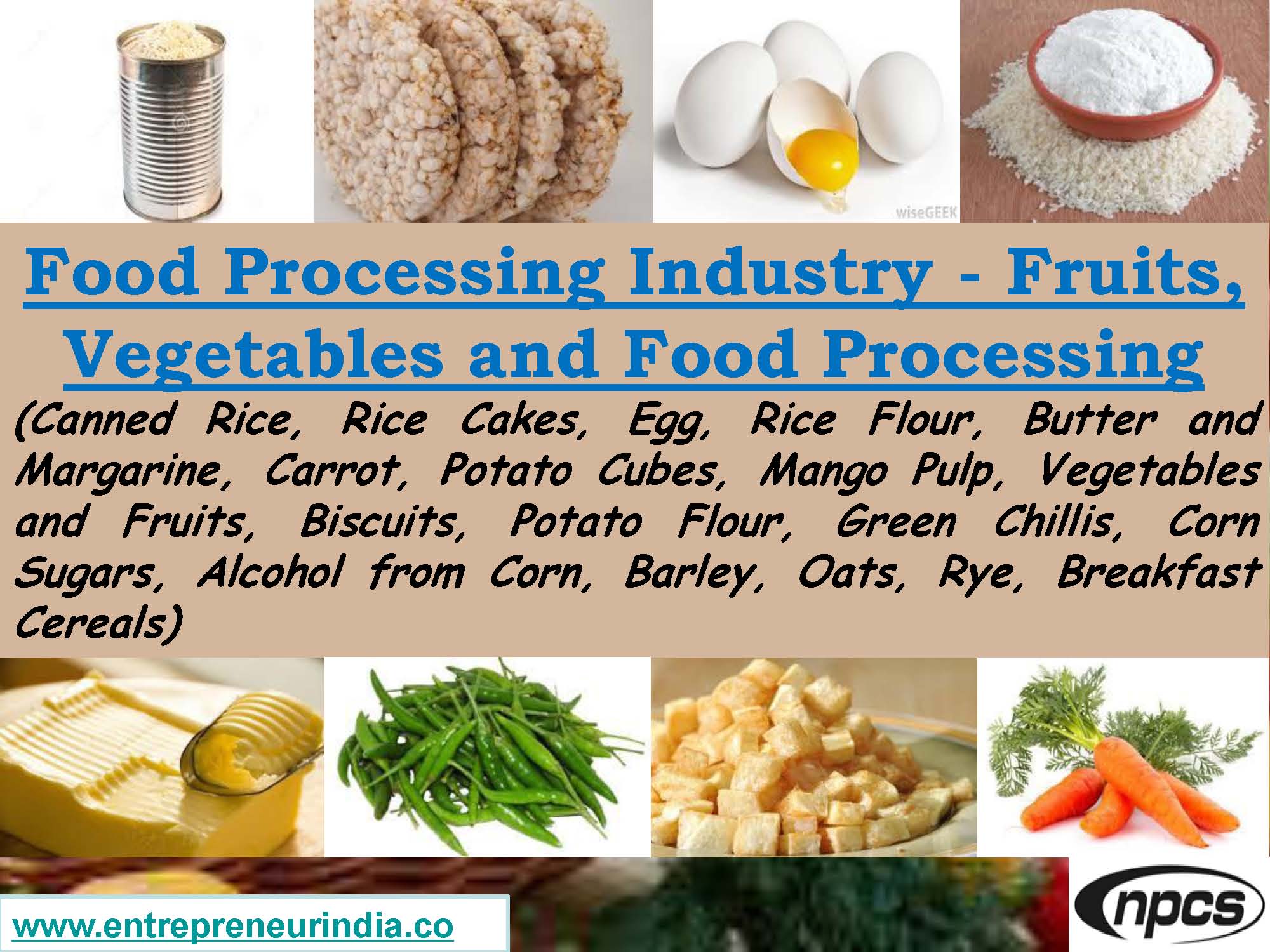
The food processing industry plays a vital role in transforming raw agricultural produce into market-ready food items. It adds value, extends shelf life, improves taste, and ensures food safety. From fruits and vegetables to grains and baked goods, processing methods vary but serve the same goal—meeting consumer demand for convenience and quality. Moreover, as urbanization and lifestyle changes accelerate, the demand for processed food continues to grow globally. With advanced technologies, better logistics, and government support, the food processing sector offers significant opportunities for entrepreneurs and investors alike. Understanding how this industry operates—especially in fruits, rice, and bakery items—can reveal key areas for business growth and innovation.
Key Segments in the Food Processing Industry
The food processing industry is vast and diverse, encompassing everything from primary packaging to advanced techniques like freezing, drying, and vacuum sealing. Within this sector, fruits, rice, and bakery items are three high-demand categories, each with unique processing requirements. Moreover, advancements in automation, food safety standards, and cold chain logistics have enabled processors to scale efficiently. These developments not only boost domestic supply but also support food exports. By focusing on specialized segments, businesses can tap into consistent demand while maintaining high product quality.
Read More :cold chain systems
Fruit Processing and Value Addition
Fruit processing includes cleaning, peeling, slicing, pulping, and packaging to produce juices, jams, canned fruit, and dehydrated snacks. Tropical fruits like mango, pineapple, and guava are especially popular due to their flavor and export potential. Cold-pressing and aseptic packaging preserve nutrients and flavor, increasing shelf life. Moreover, value-added products such as fruit bars and organic purees cater to health-conscious consumers. In food processing, fruit-based products often require minimal additives, which appeals to markets demanding clean-label foods.
Rice Milling and Packaging
Rice is a staple food for over half the world’s population, making its processing a crucial part of the food processing chain. The process involves cleaning, husking, polishing, and grading to ensure uniform grain size and quality. With growing demand for varieties like basmati and parboiled rice, automated mills enhance efficiency and reduce wastage. Moreover, vacuum and nitrogen-flushed packaging helps extend shelf life and prevent infestation. Export-ready rice must meet strict quality benchmarks, and processors can gain a competitive edge by adhering to these standards and incorporating traceability.
Bakery Product Manufacturing
The bakery segment includes bread, cakes, biscuits, and snack bars. This category benefits from high consumer demand, brand loyalty, and innovation in ingredients. Modern bakeries focus on hygiene, consistency, and automation, using ovens, mixers, and conveyors for streamlined production. Moreover, fortified and gluten-free options are gaining traction, especially among urban buyers. In the food processing landscape, bakery products offer quick turnover and attractive margins when marketed effectively and aligned with current dietary trends.
See Also : Dyestuff & Pigment Projects
Final Thoughts on the Food Processing Industry
In conclusion, the food processing industry is a powerful link between agriculture and consumer markets. Whether it’s converting fresh fruits into export-quality juice, milling rice with precision, or creating innovative bakery products, the opportunities are abundant. Moreover, with changing dietary preferences, rising incomes, and global trade routes expanding, demand for processed food will only continue to rise. Entrepreneurs who invest in quality, automation, and compliance will position themselves for long-term growth in this dynamic sector.





